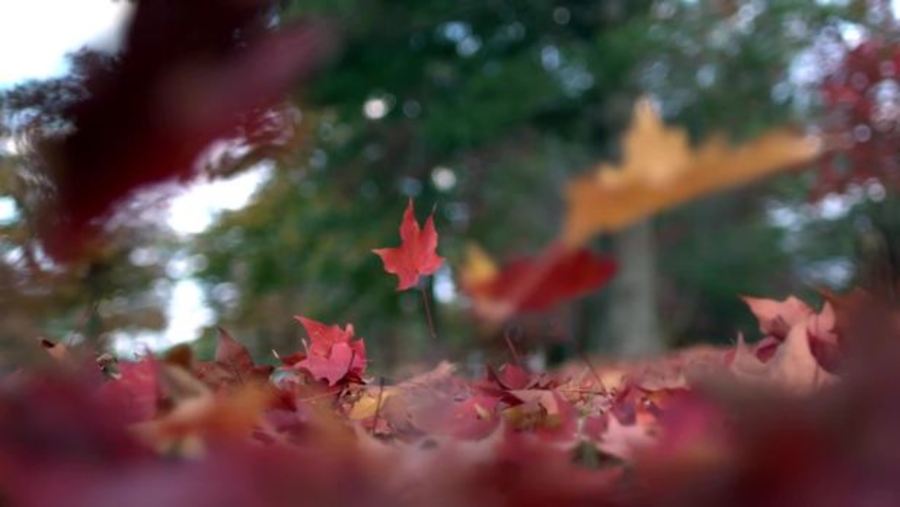Library Catalog
On the Shelf at CCBC Libraries
-
Compost Science for Gardeners by Create your own compost and grow better plants. With breathtaking clarity, Compost Science for Gardeners demystifies composting practices and helps readers determine the best technique for their unique situation. This comprehensive science-based book is your key to building healthier soil and growing better plants. Using plain language and easy-to-follow instructions, this essential resource distills and blends the latest scientific research with the author's many decades of knowledge and experience into manageable form, debunking a host of common gardening myths along the way. Learn about: The role of composting in the ecological cycle Compostable materials to incorporate and those to avoid Browns and greens vs the carbon-to-nitrogen ratio The full range of composting methods, including cold and hot composting; composting in piles, bins, and tumblers; and pit and trench composting Keyhole gardening, food digesters, vermicomposting, bokashi, eco-enzyme fermentation, and more The relative merits and impact on the environment of each composting technique Using finished compost to improve soil health Anyone can compost. Whether you are a balcony or backyard gardener, market gardener, small-scale farmer, or homesteader, or even if you are simply looking for a way to keep organic matter out of the landfill, this book will show you how to do it simply, safely, and sensibly.
Call Number: S661 .P38 2023 -
Alice in the Land of Plants by Why is it that plants do not need to move? How does a nonmotile organism have sex or defend itself? Why are some plants virtually immortal? What is the mechanism that allows plants to exploit a practically inexhaustible extraterrestrial energy source? How do plants regulate the composition of our planet's atmosphere? Why have there not been mass extinctions among plants as there have been among animals? How do plants communicate with one another? In the end, are plants intelligent organisms? These are some of the questions the author discusses to demonstrate that plants are wrongly considered to be simple organisms lacking specific behaviour and intelligence. This book promises to be as pleasant a surprise as Alice's experience in the white rabbit's warren, in which she encountered a world very different from ours. The author explains the biology of plants following Einstein's maxim that everything should be made as simple as possible, but not simpler.
Call Number: QK50 .M2613 2014 -
Ecology of Plants by Written for undergraduate courses in plant ecology, the engaging style, thorough coverage, and contemporary perspective of The Ecology of Plants make it accessible and useful to others as well, from graduate students in conservation biology to evolutionary biologists and resourcemanagers.
Call Number: QK901 .G96 2006
Streaming Video
-
Dry Leaves Reveal Past Climate ConditionsLeaves are a window into local climate. Accurate measurements better reconstruct ecosystem environments
Online From CCBC Libraries
-
Ecology and Control of Introduced Plants by The global spread of plant species by humans is both a fascinating large scale experiment and, in many cases, a major perturbation to native plant communities. Many of the most destructive weeds today have been intentionally introduced to new environments where they have had unexpected and detrimental impacts. This 2003 book considers the problem of invasive introduced plants from historical, ecological and sociological perspectives. We consider such questions as 'What makes a community invasible?', 'What makes a plant an invader?' and 'Can we restore plant communities after invasion?' Written with advanced students and land managers in mind, this book contains practical explanations, case studies and an introduction to basic techniques for evaluating the impacts of invasive plants. An underlying theme is that experimental and quantitative evaluation of potential problems is necessary, and solutions must consider the evolutionary and ecological constraints acting on species interactions in newly invaded communities.
Publication Date: 2003 -
The Codex Canadensis and the Writings of Louis Nicolas by Part art, part science, part anthropology, this ambitious project presents an early Canadian perspective on natural history that is as much artistic and fantastical as it is encyclopedic. Edited and introduced by François-Marc Gagnon, The Codex Canadensis and the Writings of Louis Nicolas showcases an intriguing attempt to document the life of the new world - flora, fauna, and aboriginal. The book brings together for the first time the illustrated Codex Canadensis and The Natural History of the New World, following Gagnon's argument that both can be attributed to Louis Nicolas, a French Jesuit priest who travelled throughout Canada between 1664 and 1675. Histoire Naturelle des Indes Occidentales, originally written in classical French, has been put in modern French by Réal Ouellet and translated into English by Nancy Senior. The Natural History presents a pre-Linnaean botany and pre-Darwinian account of living things, including hundreds of species of plants and vivid descriptions of wildlife. It is thoroughly annotated, focusing on the contemporary identification of species, as the result of a pan-Canadian collaboration of experts in fields from linguistics to biology and botany. The Codex Canadensis, currently in the collection of the Gilcrease Museum in Tulsa, Oklahoma, is reproduced in full and provides both a fascinating visual account of wildlife as Nicolas saw it and a rare example of early Canadian art. Gagnon's introduction profiles Louis Nicolas and analyses connections between his work and European examples of natural illustration from the period. The Codex Canadensis and the Writings of Louis Nicolas shows how the wildlife and native inhabitants of the new world were understood and documented by a seventeenth-century European and makes available fundamental documents in the history and visual culture of early North America.
Publication Date: 2011
Databases
-
Biological Science Database

Articles on biology topics.
-
ScienceDirect This link opens in a new window

Articles from journals on science, technology, and medicine for advanced research.
-
Environment Complete This link opens in a new window

Articles about ecology, energy, natural resources, science, technology, law, public policy, and social impacts.

